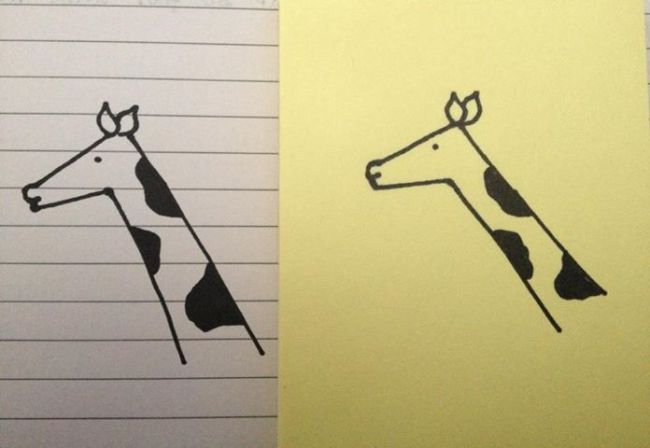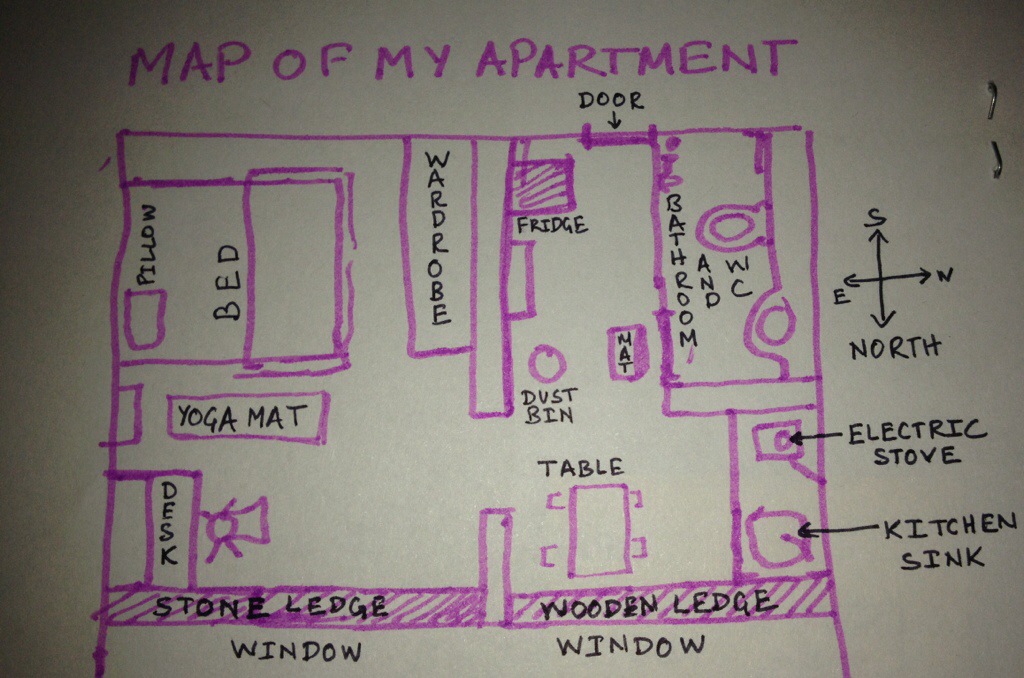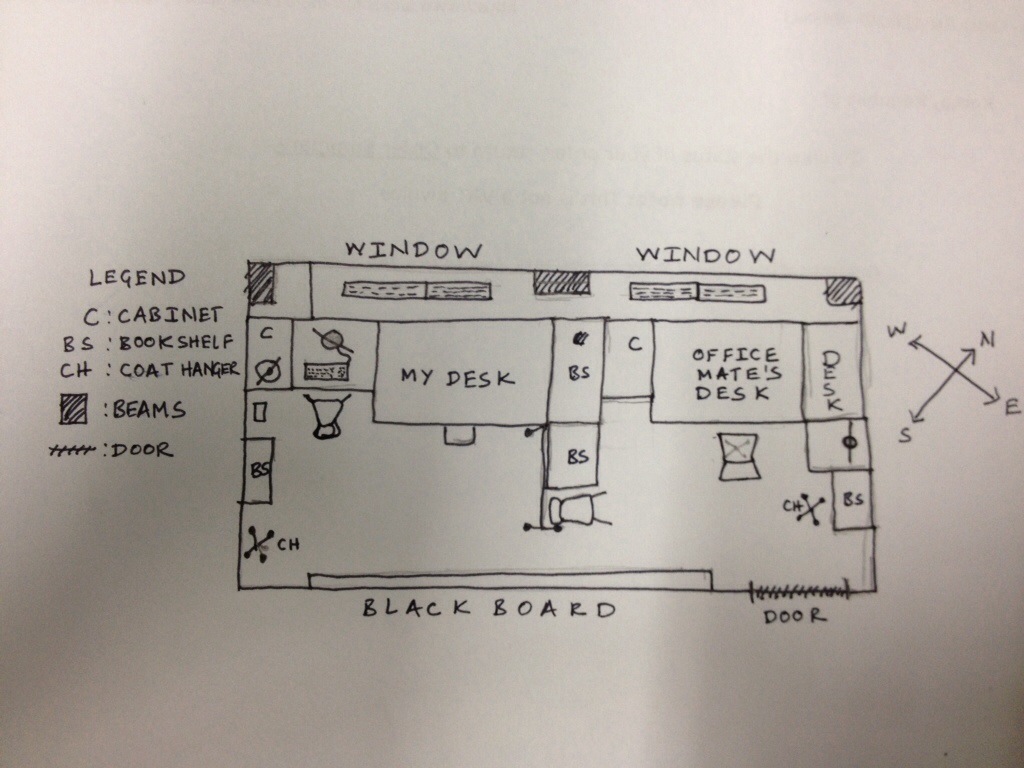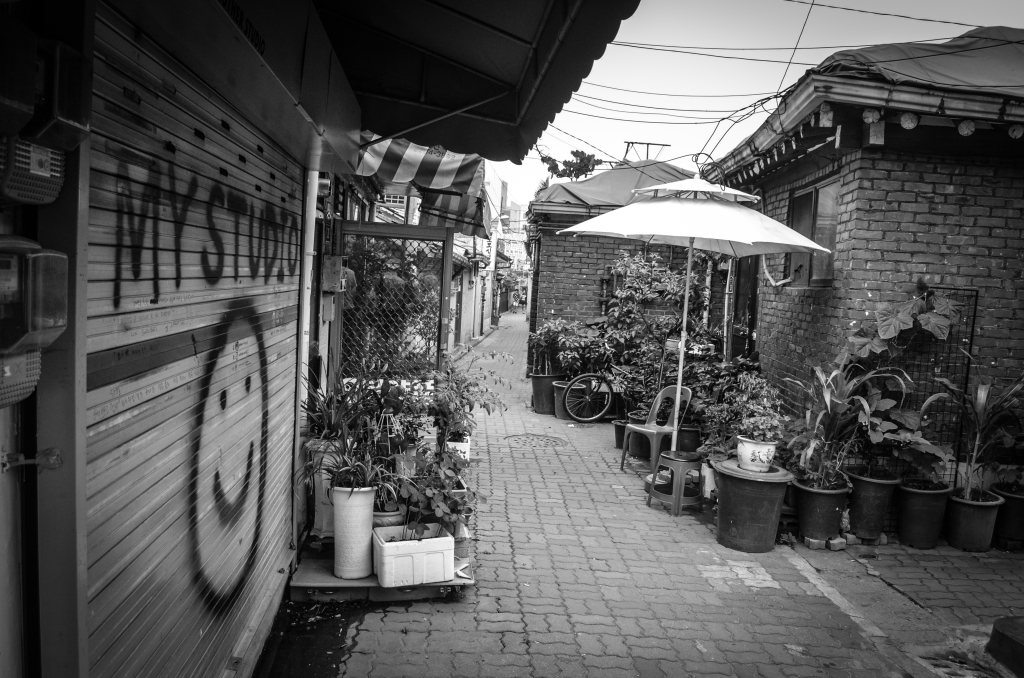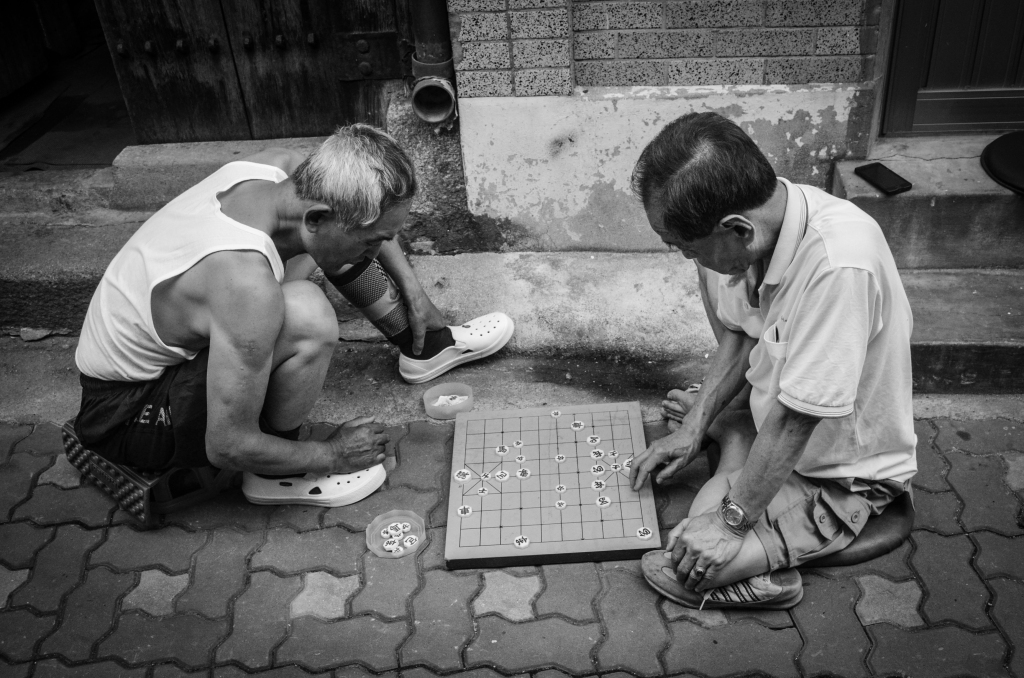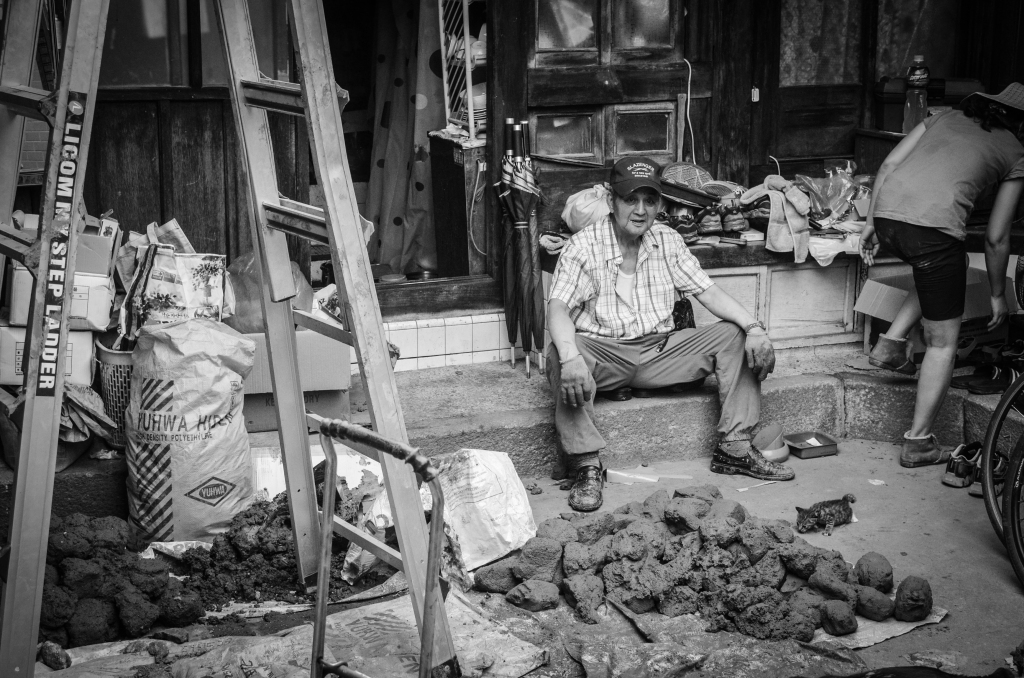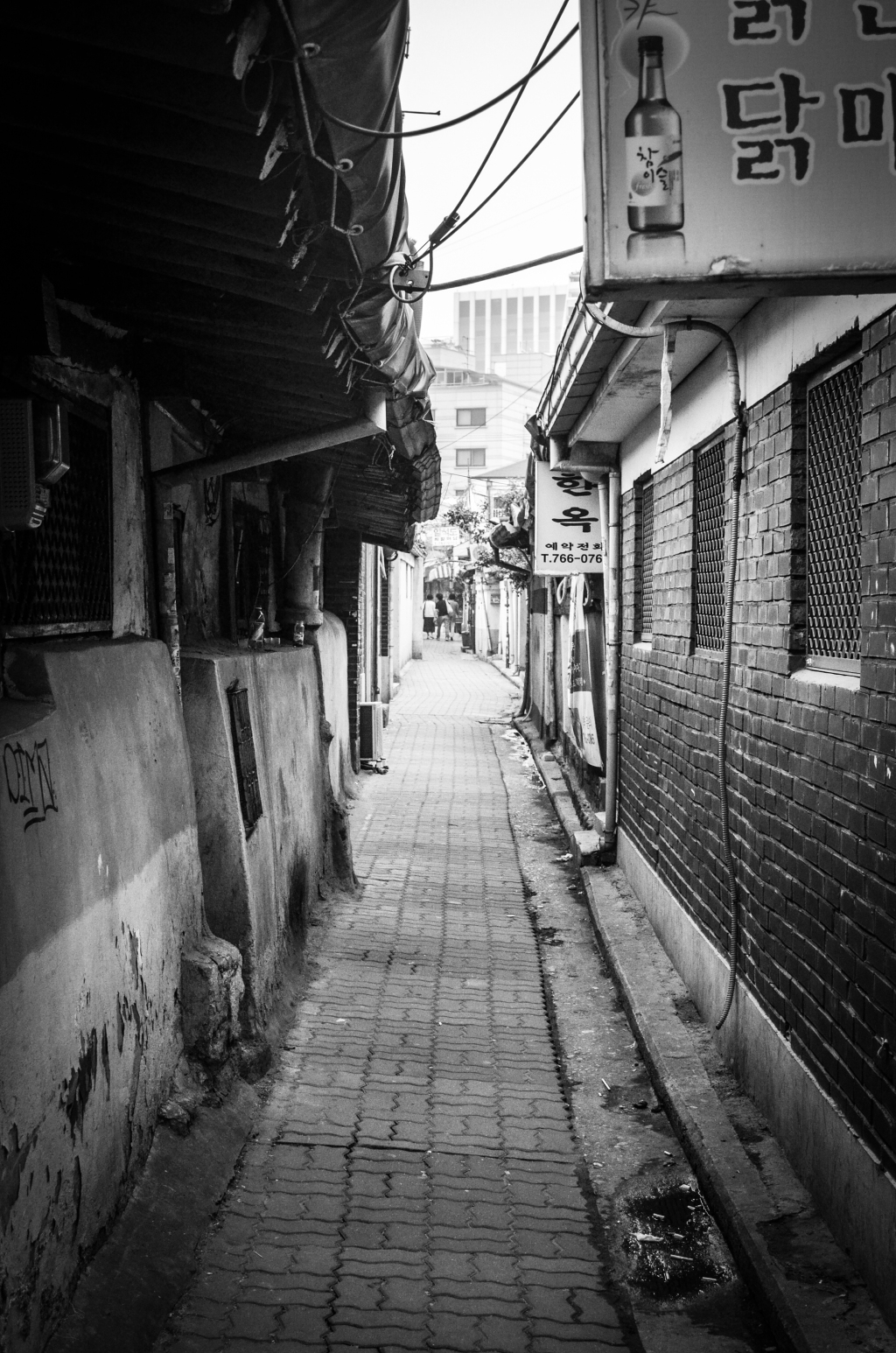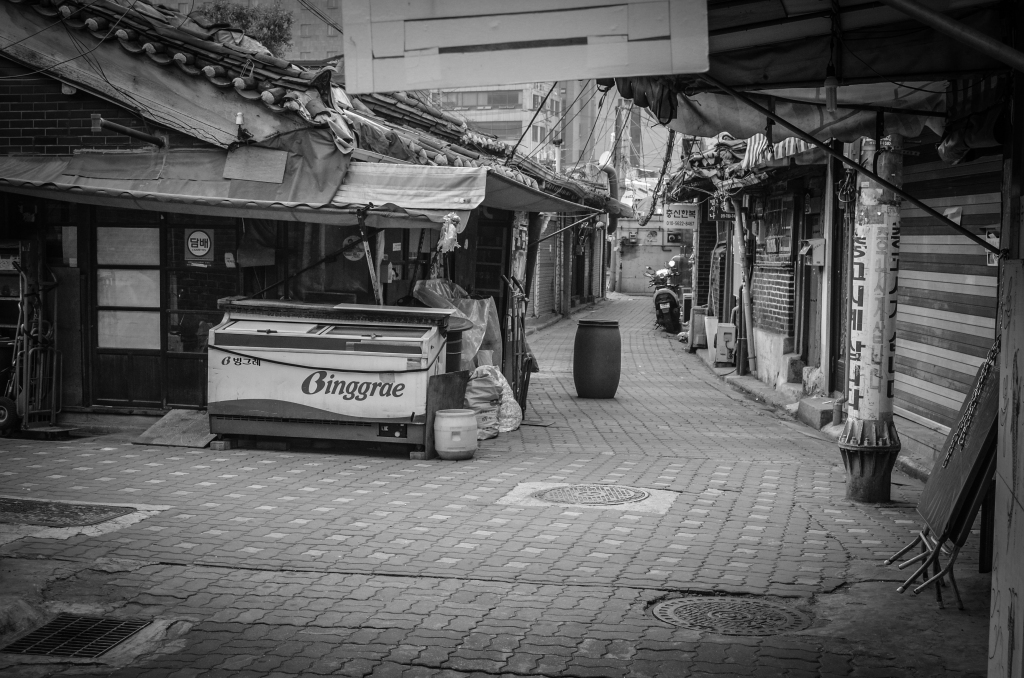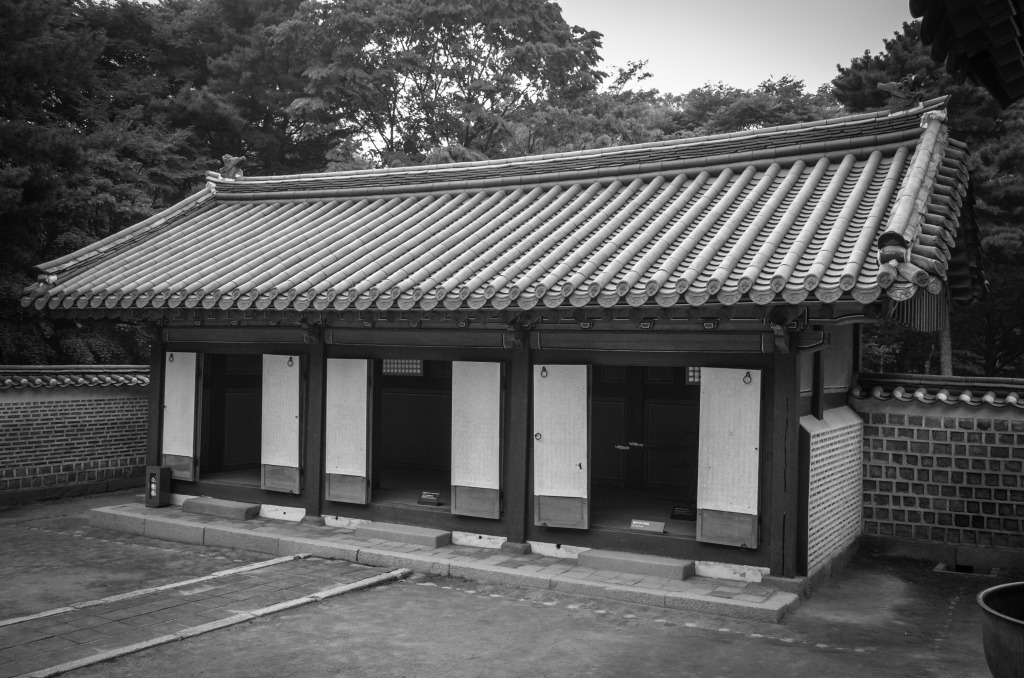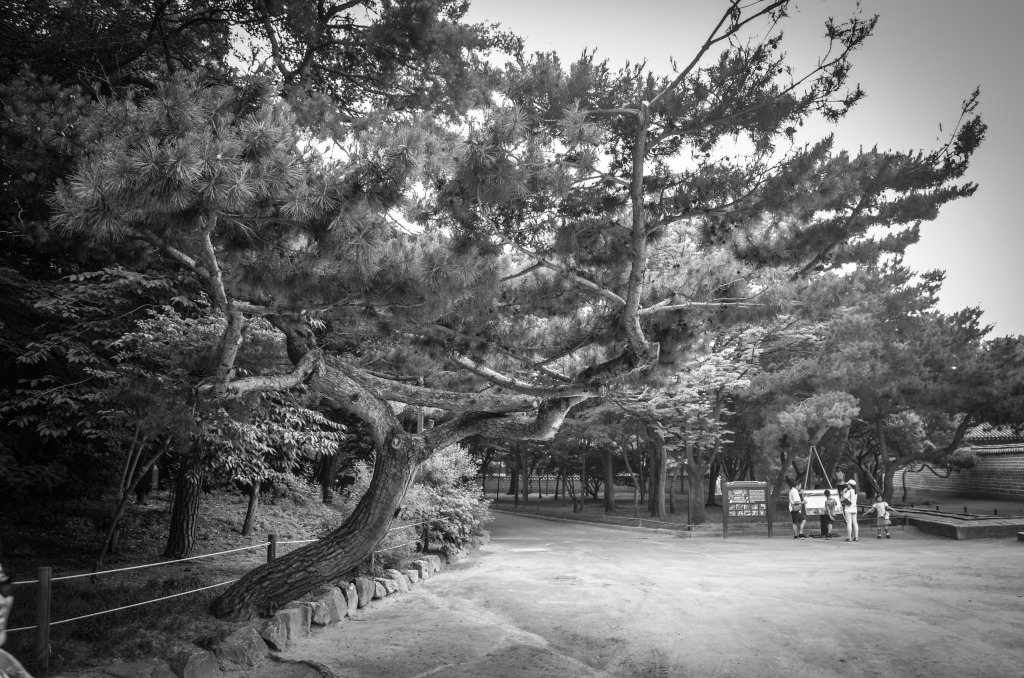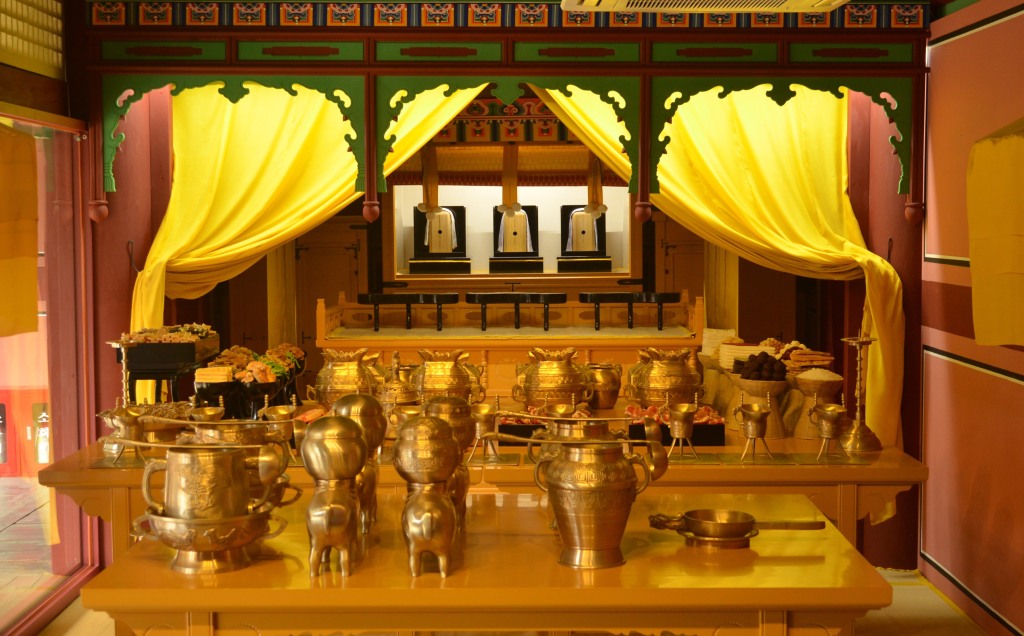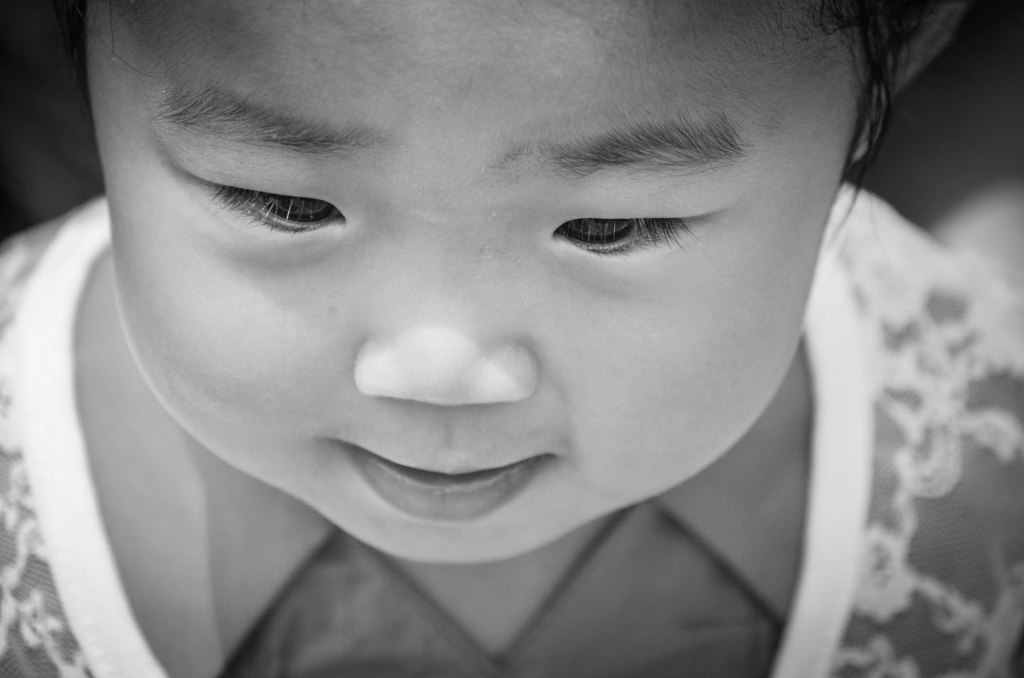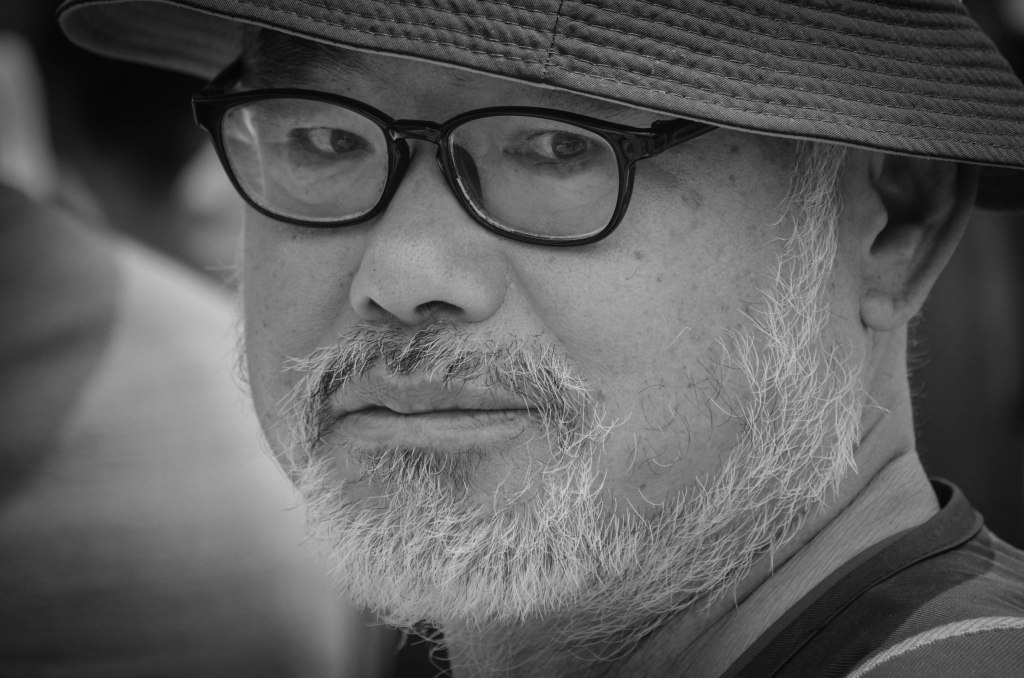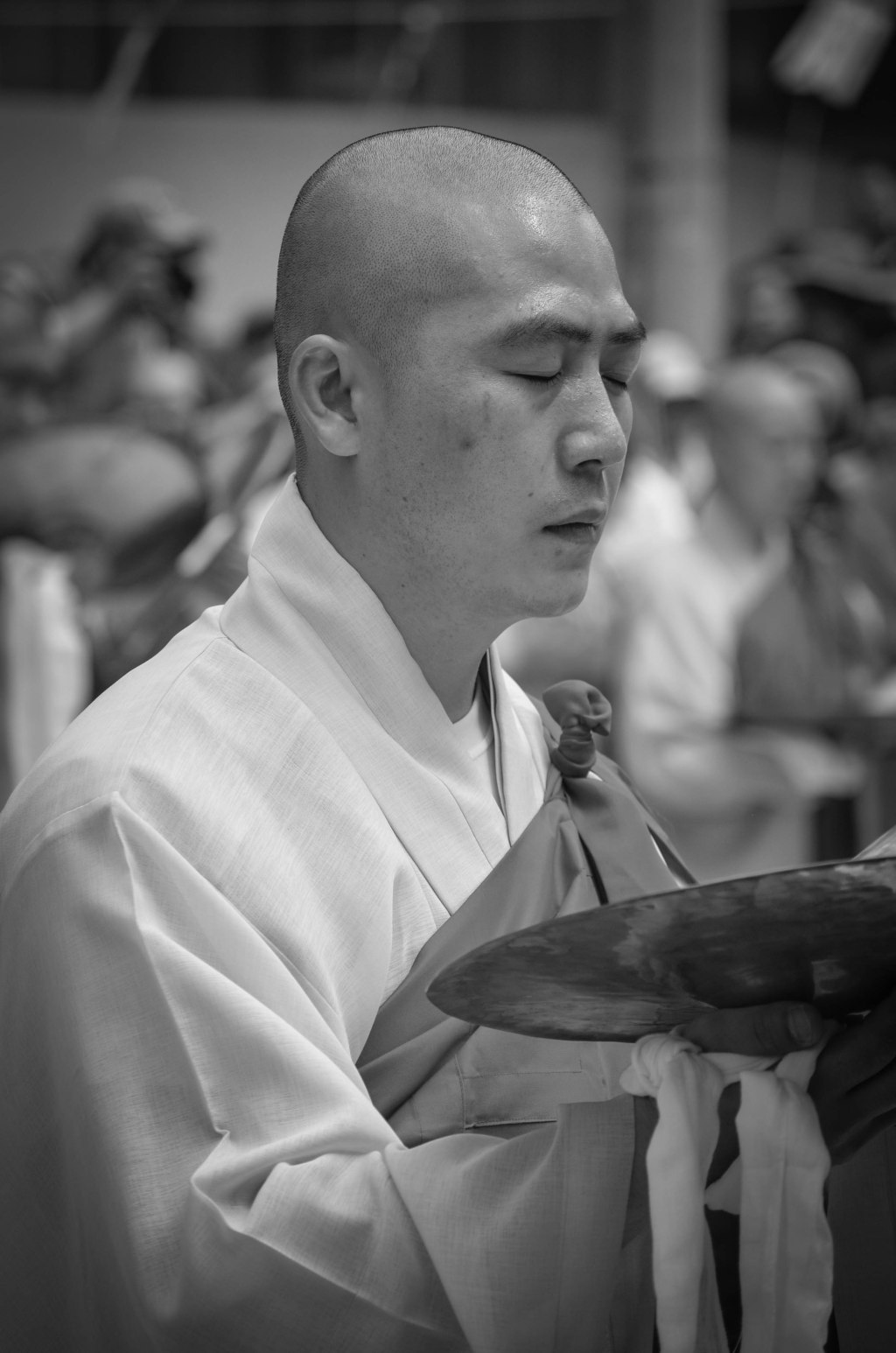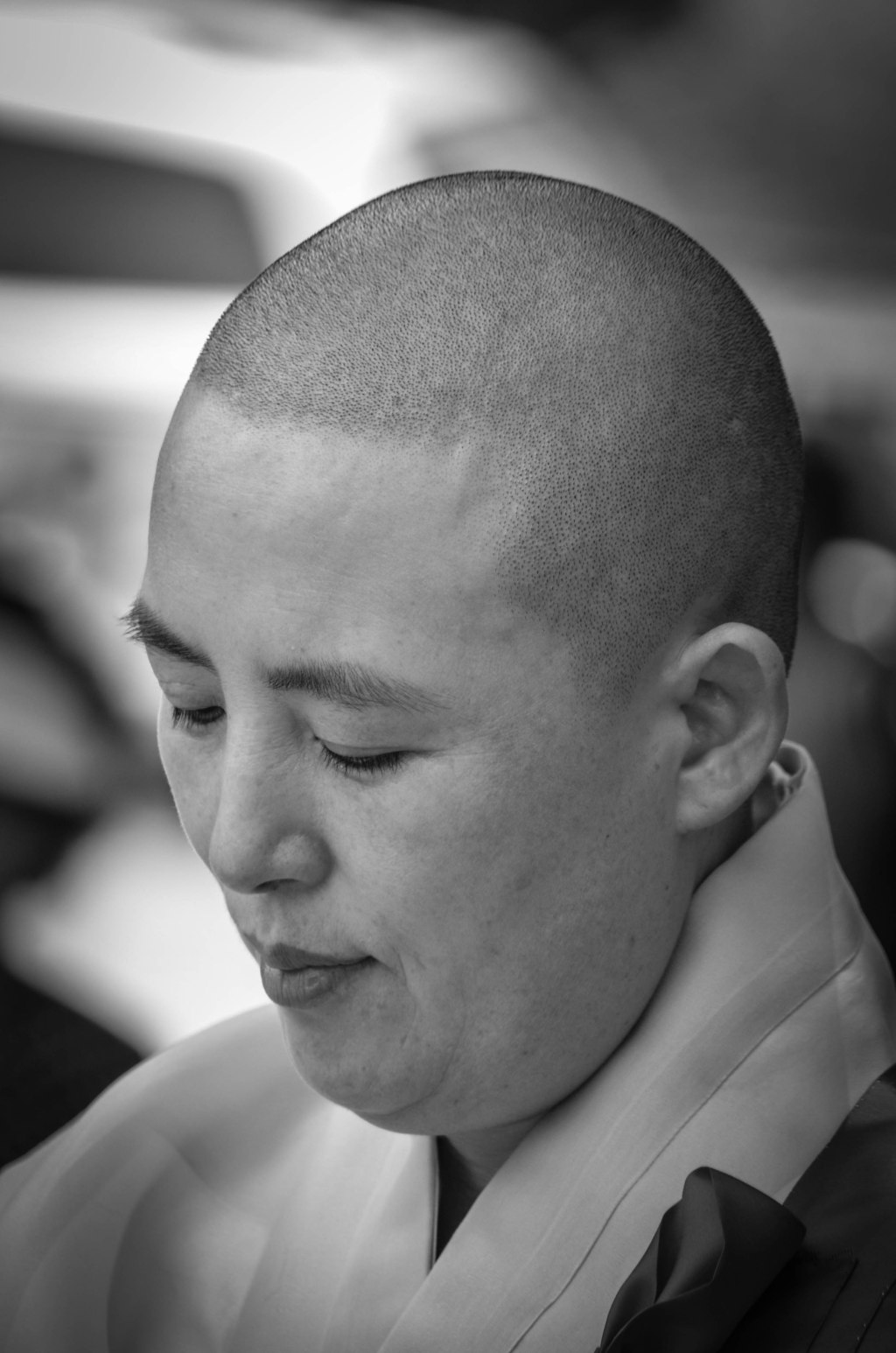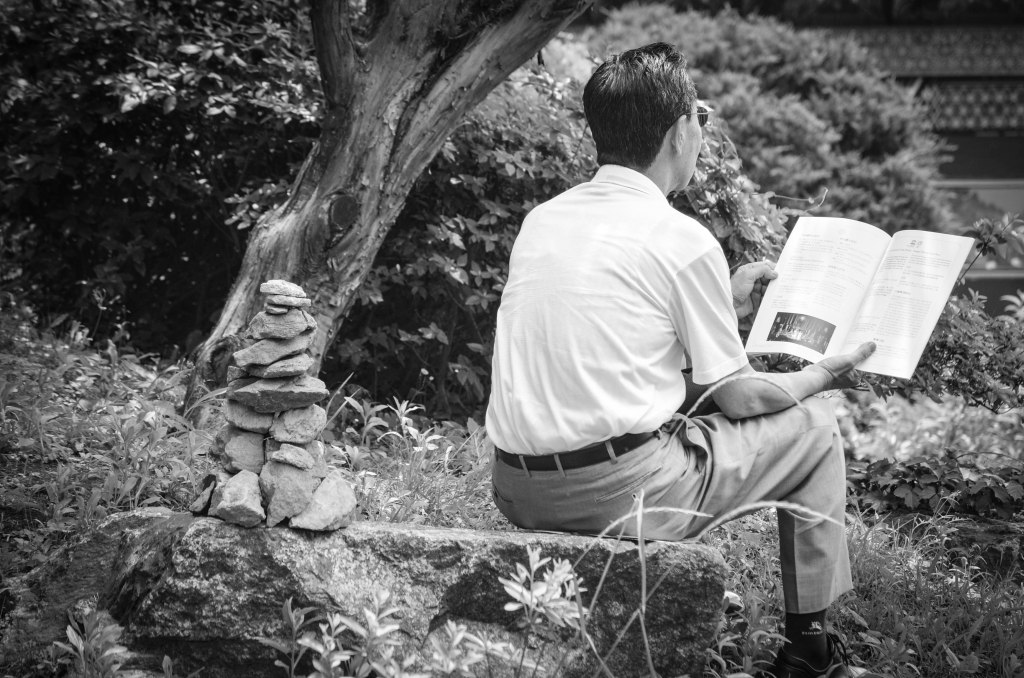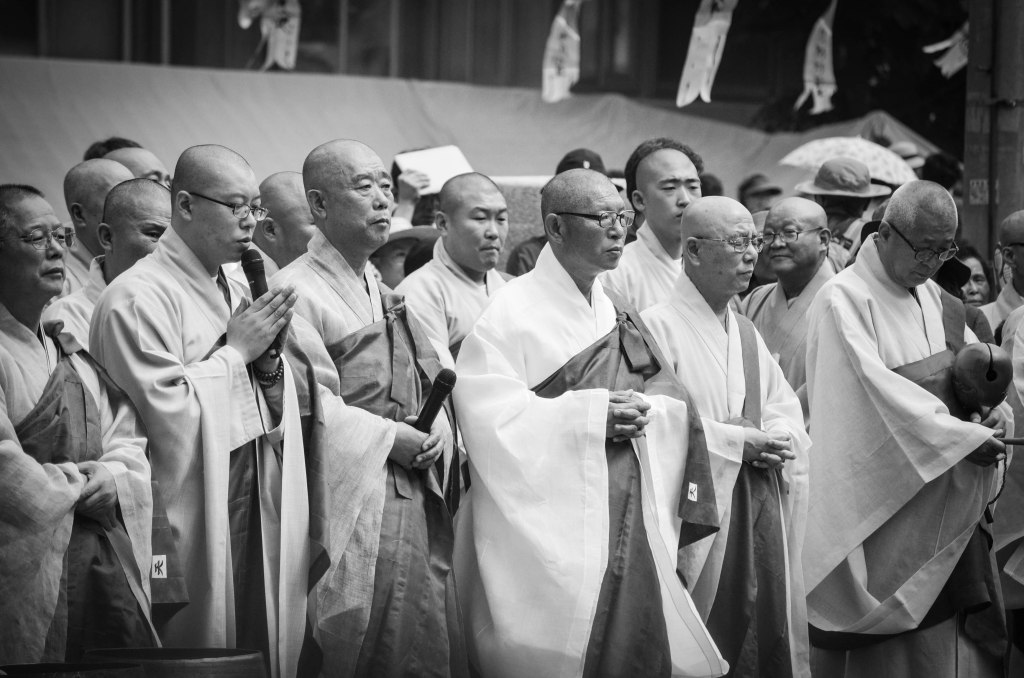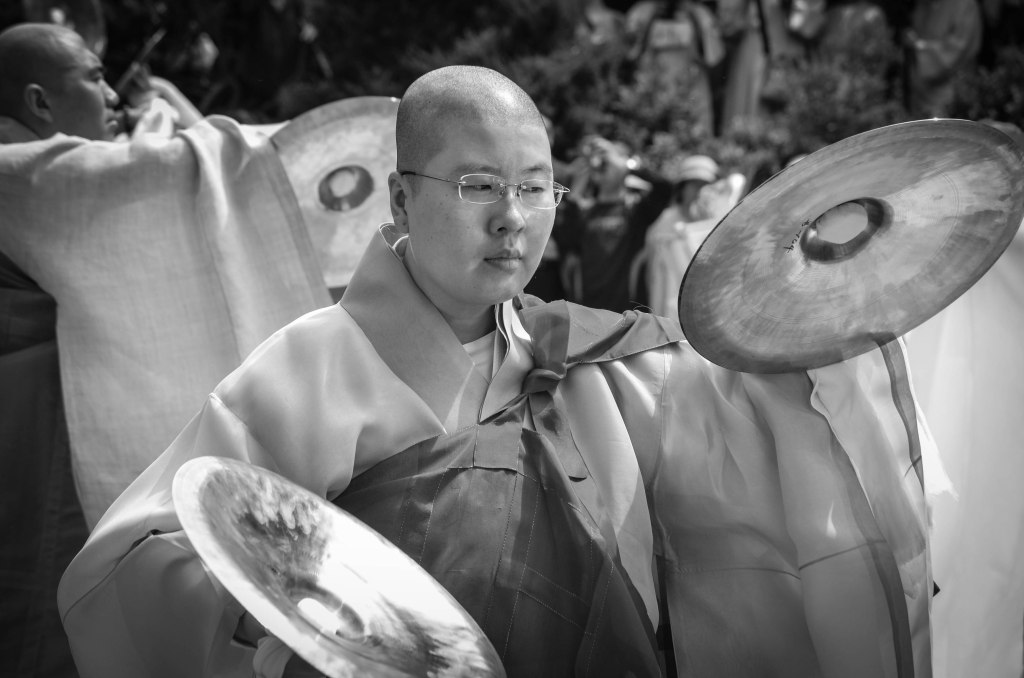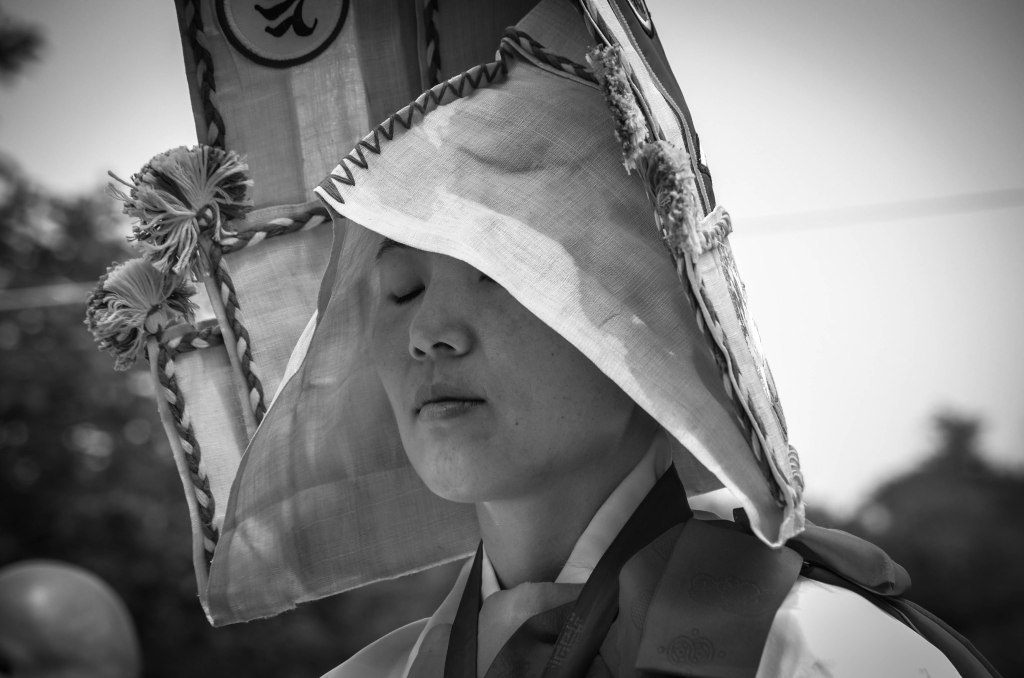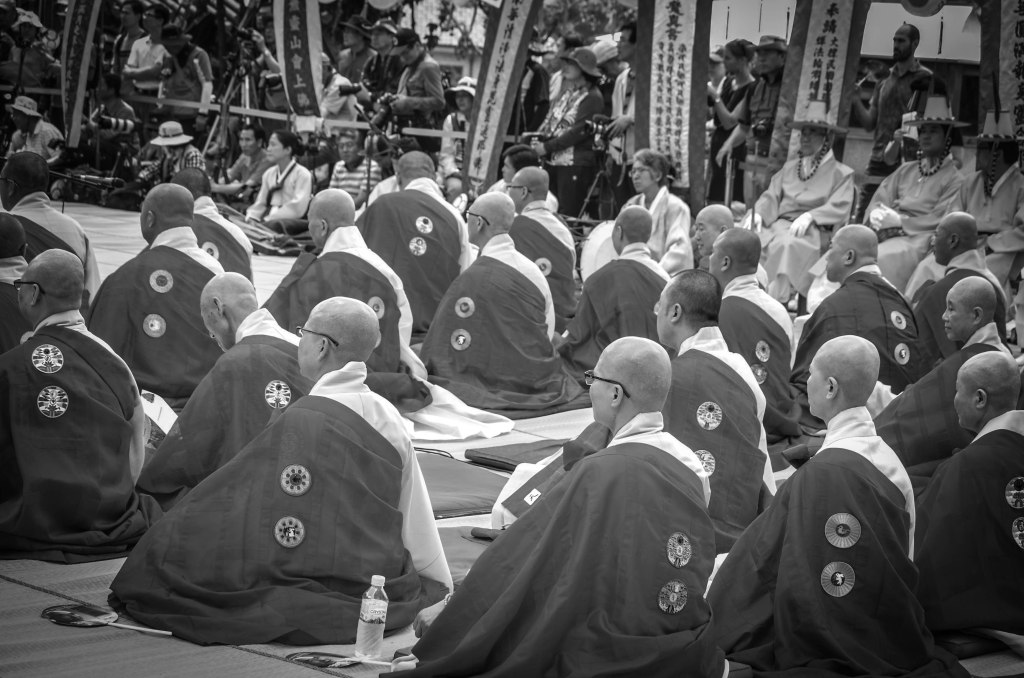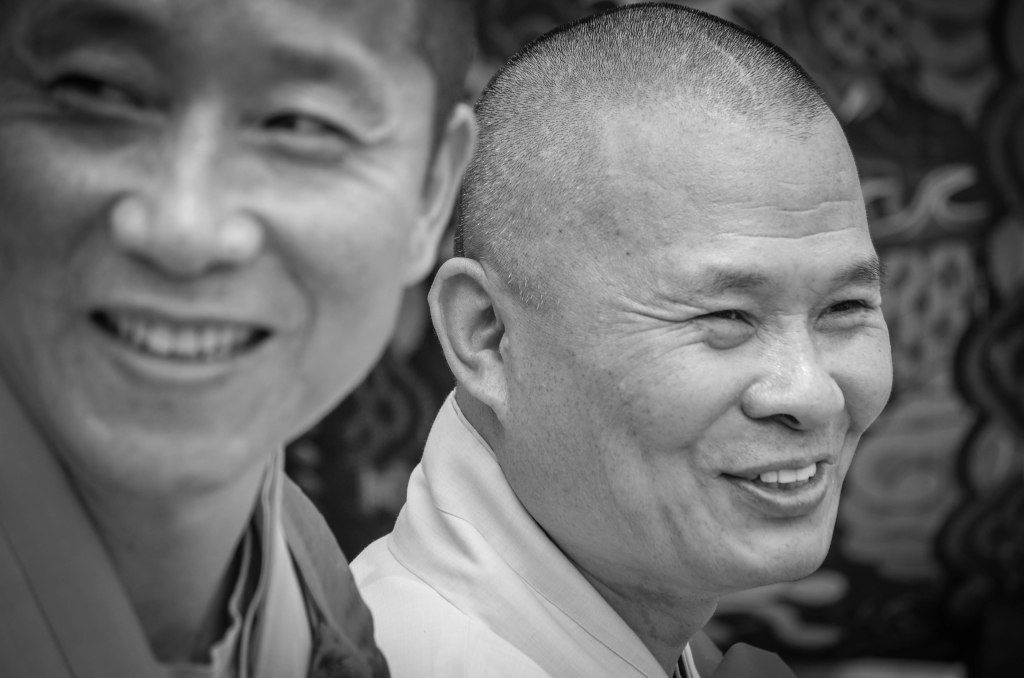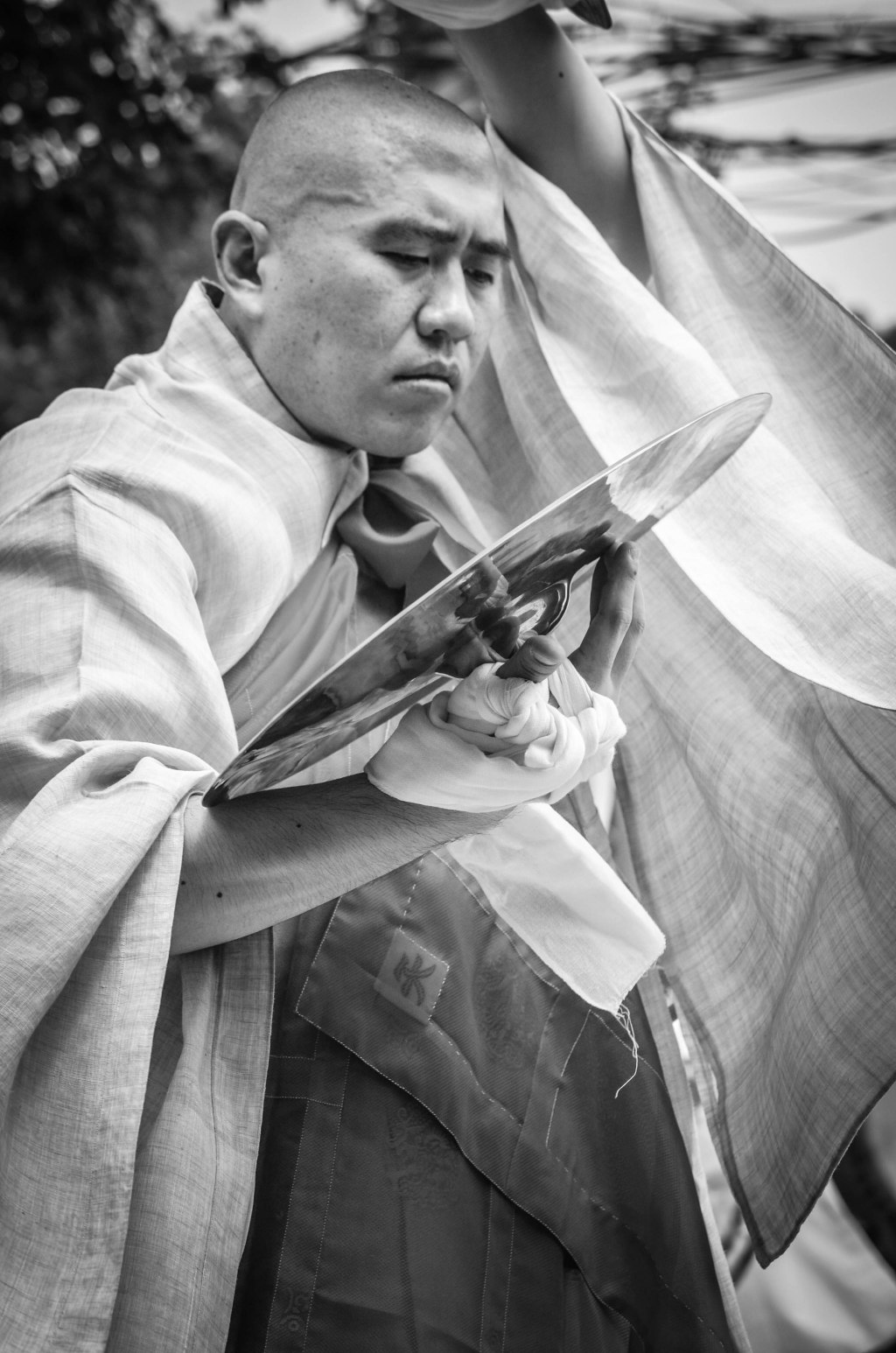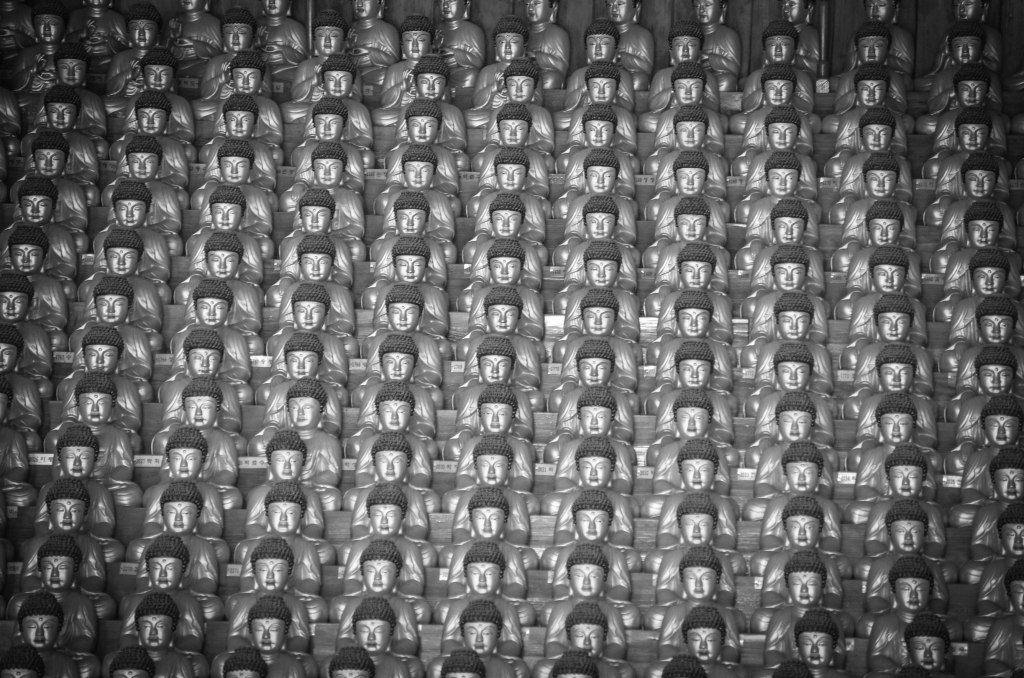Cutglass Dreams
Poetry and Photographs
Words I Wanted to Use
I was looking for ‘lonely’
but could only think of ‘alone’.
When I said ‘little’
I really meant a ‘tittle’.
‘Selfless’ betrayed ‘magnanimous’ and
when I thought he was ‘unctuous’
but called him ‘plastic’.
The baby was a ‘bitty’ little darling,
But I called her ‘tiny’ and lost a favour.
And why does ‘enjoy’ come to mind
when I am really looking for ‘savor’?
One year with the X100
I gifted myself the FujiFilm X100 on January 1, 2013. On the eve of the camera’s first birthday I am taking the time to pause and reflect on how it has fared and how it affected my photography. I was very excited about the purchase of this piece of equipment but the time of purchase was some how not the best for taking the camera outdoors. It was a hard winter and I had to wait till I took it to India later in the month. Once in India I used the camera extensively in family dinners, reunions and birthdays over a period of six weeks. The results were stunning indoor photographs. The ability of this camera to handle white balance and low light is phenomenal and has been praised extensively all over the internet. All this said, I did not buy this camera for recreational photography, I was anxious about its outdoor performance. Before I bought the X100, I had shot for about four years with the Canon 1000D. I was very happy with the Canon to the extent that I exhibited the images shot with it in a gallery. The exhibition was well received and I sold a good number of photographs. I was wondering if the X100 would live up to these standards. I would not find out until the beginning of spring. I did take the camera out in winter, but shooting with this camera was a challenge, it had a fixed focal length and I was used to the 18-55 kit lens of the Canon. My shots would turn out loose and without character. This camera is so quiet that I began to miss the reassuring click of my older DSLR. But it did not take me long to realize that I was struggling here not with the camera, but with a genre of photography. I had never given serious thought to street photography before and most of my previous work focuses on architecture, landscape and urban decay. People were conspicuously missing in my images. I looked up the work of street photographers, all had one thing to say: “get close to the subject”. It is surprising how dynamic people look from a distance of one meter. The term ‘eye-witness’ takes on a different meaning when you are one meter away from the action.
The genre of street photography derives its strength from the mysterious intimacy of distance. It has developed tremendously over the years and many photographers have experimented with longer distances, but all these experiments would have failed had they not made up for the loss of dynamism and intimacy with other visual features like colour, photogenic elements or great timing. Street-photography has been interpreted repeatedly over time but the genesis of this genre lies in the realm of private images. The sort of photographs we look at as a mother, a son, a sister or an uncle. Personal images are different from the ones in the public domain in that they are viewed solely in the context in which they were made. They shy away from the spectacular and focus on the commonplace elements of an image, imposing interpretations on such images is hard for they are firmly rooted in the muteness of reality. What is truly surprising about the private photograph is that its intimacy shines forth even before an outsider. The image makes the audience an extended family of the photograph. When making a private image, the photographer uses the context invisible to light to construe the image. Two people may be related, but the light falling on them is blind to this relationship, yet the private photographer has faith that their relationship will somehow shine through the image. The secret behind the success of such an image of faith is the humanity of the observer, what Jung referred to as the collective conscious. In this sense the first street photographers set out to make the world their family. The works of Paul Strand, Vivian Maier and Walker Evans are a profound contemplation on the family photograph.
Thus the private image relies the humanity of the audience, but it is also distinct in how it handles time. All photographic images have to answer the questions posed to them by the nature of time. The private image does so by unconditionally submitting itself to the effects time has upon memory. For it does not seek to freeze time but becomes a reminder of its unstoppable flow. When Henri Cartier-Bresson took to the streets with a camera, he was a hunter seeking as his prey the moments in time that flit about like wild animals. Each image was a moment torn off time’s fabric to be exhibited as a feat. When speaking of his images, he said he was replacing the paint brush with the camera. The painting is a distant relative of time, it belongs to the artist in the same way the photograph belongs to the subject. While Bresson was picking up moments in time, Paul Strand sought to culminate an entire life time in one image. The result was a deeply moving banality.
No Two Giraffes are the Same (or A Strange Collective Noun)
Ikseon-dong, Seoul
The Ikseon-dong hanok area in Seoul is a settlement of houses built by JeongSe-Gwon from 1888 to 1965. The settlement consists of small, single storied, traditional Korean houses that have managed to retain the look that Korean houses had in the 1930’s. The streets are narrow and the roofs are tiled. The alleys are lined sometimes by small artist studios that enjoy is the anonymity of the inconspicuous neighbourhood. As we sauntered down the streets it was usual to see a tailor stitch away in a small corner that claimed to be his shop or little hole-in-the-wall noodle places and Soju bars. The area is in the midst of a redevelopment controversy. Prof. Fouser, our tour guide has been leading a movement that aims protect the Hanok give it the status of a heritage site. As I walked the meandering alleys of the Hanok, memories of the Ananthashram eatery in Khotachiwadi came to mind.
The Jongmyo Shrine
The Jongmyo Shrine in Seoul is the supreme state shrine established to honour ancestral spirits and deceased Kings and Queens of the Joseon Dynasty. It was built in 1395 after King Taejo, founder of the dynasty, designated Seoul as the empire’s capital. The tradition of enshrining ancestors and deceased nobility is a Confucian idea. Ancestral tablets of deceased kings and queens are enshrined in halls and sacrificial rites are performed in their honour. Among all the Confucian states in Asia where similar shrines were established, only Korea has preserved its royal shrine and continues to perform royal ancestral rites. This is the chief reason that Jongmyo was inscribed on the UNESCO World Heritage List in 1995.
I was part of the excursion organized by the Royal Asiatic Society, Korea which was led by Prof. Robert Fouser. The excursion covered the Jongmyo Shrine, the hanok area in Ikseon-dong and the Pagoda at Tapgol Park. I shall write about the Hanok area in a future post.
Here is a compilation of pictures from the Jongmyo Shrine precinct.
Portraits
I posted some images from the Yeongsan-jae ceremony in the last post. While covering the event I had the occasion to take a few portraits. I present some of them in this post.
The Yeongsan-jae ceremony at Bongwon-sa, Seoul.
The Yeongsan-jae or the ‘Vulture Mountain Ceremony’ is a Buddhist ritual performed at the Bongwon-sa temple in Seoul, Korea. The objective of the ritual is to soothe ancestral souls who roam the earth unappeased, in order that they are spared of rebirth and attain liberation. A restless soul may only be appeased by the supreme knowledge as was first preached by Sakyamuni Buddha in the Lotus Sutra whose recital forms the core of this ceremony.
